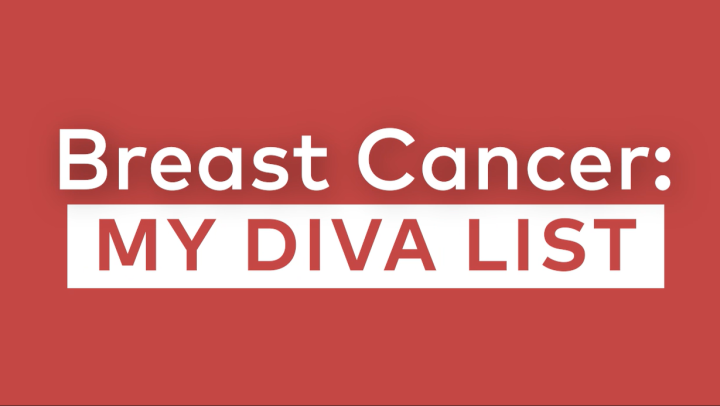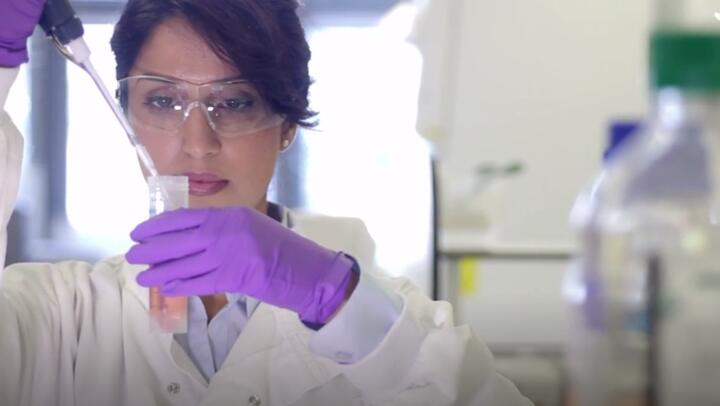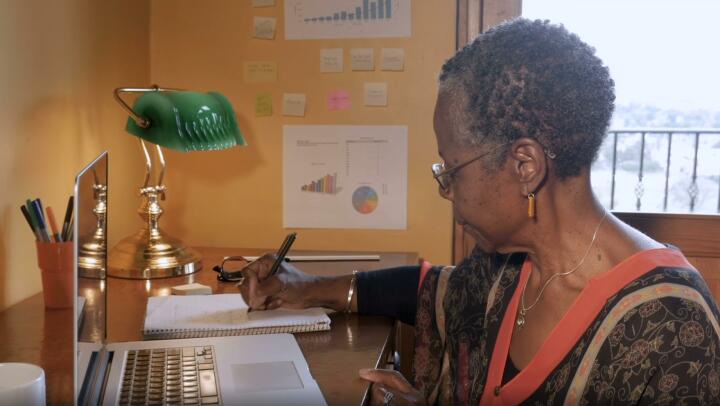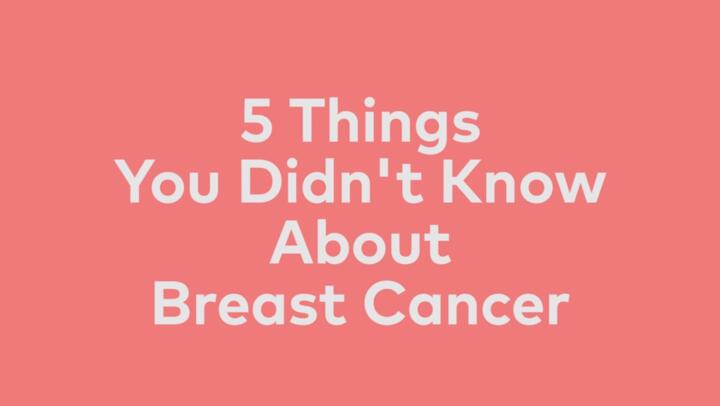What is bone cancer?
Bones are not inanimate structures. Healthy bones are more complicated and far more dynamic than they appear. They are made up of active cells that constantly break down old bone (osteoclasts), cells that constantly rebuild new bone (osteoblasts), and cells that nourish the bone tissue (osteocytes). They have a hard outer cortex and a soft inner marrow. They can have a protective covering called cartilage and they connect to each other with ligaments. Bone cancer can affect any of these various cells and tissues.
When a tumor starts in the bone, it is called primary bone cancer. Primary bone cancer is rare. About 3,600 Americans develop primary bone cancer each year. That translates to less than 0.2% of all cancers. It is much more common to have another cancer that spreads to the bones. However, these cancers are still classified and treated based on the original type of cancer. For example, breast cancer that spreads to the bones forms a tumor made up of cancerous breast cancer cells not bone cancer cells. This article pertains to primary bone cancer.
There are several types of primary bone cancer including:
- Chondrosarcoma starts in cartilage tissue lining joints and the ends of bones. The most common sites for it are the pelvis, upper leg, and shoulder. It is the most common primary bone cancer in adults 40 years and older, accounting for 40% of cases in this group. It is rare in children.
- Chordoma develops in the lower spine. It accounts for 10% of adulthood and less than 5% of childhood primary bone cancers.
- Ewing’s sarcoma is a group of cancers, with most affecting the bones and some involving soft tissues. Common sites include the pelvis or hips, spine, ribs, and long bones of the arms and legs. Ewing’s sarcoma most often affects children, teens, and young adults, accounting for 34% of bone cancer cases in this group. Boys tend to have a higher risk than girls. It is rare in adults.
- Osteosarcoma is the most common type of primary bone cancer overall. It begins in osteoblasts, usually in bones that are growing quickly, such as the long bones. The most common sites are the thighbone, shinbone, and upper arm bone. It accounts for 56% of childhood and 28% of adulthood primary bone cancers.
Other less common types of bone cancer include fibrosarcoma, sarcoma of Paget’s disease of the bone, and undifferentiated pleomorphic sarcoma.
Pain is the most common bone cancer symptom. It tends to develop gradually and may even come and go in the beginning. As the tumor grows, pain becomes more constant and can cause a limp or difficulty using the limb. In addition, bone cancer causes bones to weaken and increases the likelihood of fractures.
Bone cancer treatment options depend on the stage and location of the cancer. In most cases, surgery is the main treatment. Doctors may also recommend chemotherapy, radiation therapy, and targeted therapy.
Don’t ignore pain and other symptoms that persist or get worse. Finding the problem early can increase the chances of successful treatment.
What are the symptoms of bone cancer?
As tumors grow and develop in bones, they press on healthy bone tissue, causing symptoms. Bone tumors can also weaken and destroy bone tissue.
Common bone cancer symptoms
The most common symptom of bone cancer is pain. In the early stages, the pain tends to come and go. This may be more noticeable at night or when you are using the affected limb. The pain becomes more persistent as the tumor grows. However, not everyone with bone cancer has pain. Other bone cancer symptoms include:
- Fractures, which can occur for apparently no reason
- Limp in an affected leg, which is usually a symptom in later stages
- Lump, which may feel soft
- Swelling, which can limit movement if it occurs near a joint
- Unexplained fever or weight loss
If you have bone symptoms or suspect a problem with a bone, see your doctor promptly. An early diagnosis increases the likelihood of a positive outcome. It’s also important to know there are other reasons for bone pain and similar symptoms. Children and teens often have bone pain during growth spurts. Bone pain can also be the result of injuries and other disorders.
What causes bone cancer?
Cancers, including bone cancer, happen when gene mutations—or changes—allow unchecked cell growth. Sometimes, these gene mutations are inherited and passed down through families. But in most cases, the mutations are acquired through small amounts of genetic damage at a time. As mutations accumulate over a person’s lifetime, there is a tipping point when the cells look very abnormal and grow uncontrollably. For some cancers, there are known triggers, such as smoking and lung cancer. However, the triggers for most cancers are not entirely clear.
When cancer develops in children, it is most often due to random changes or mutations. Children haven’t had time to accumulate genetic damage over decades of life. In general, childhood cancers are considered either inherited or spontaneous/sporadic.
What are the risk factors for bone cancer?
A number of factors increase the risk of developing bone cancer including:
- Benign bone tumors and other noncancerous bone conditions, such as fibrous dysplasia
- Certain inherited conditions, such as hereditary retinoblastoma and Li-Fraumeni syndrome
- Previous cancer treatment with radiation therapy and certain chemotherapy drugs
Reducing your risk of bone cancer
Strategies to reduce the risk of cancer rely on changing risk factors that are under your control. Unfortunately, the risk factors for bone cancer are not modifiable. If you have a family history of bone cancer or inherited conditions that increase the risk, talk with your doctor. Find out if genetic testing is an option for you.
How is bone cancer treated?
Bone cancer treatment options depend on the specific type of bone cancer and its location and stage. Often, the goal of early-stage bone cancer treatment is to eliminate the cancer and prevent it from returning. This may not be possible in later stages. The goals in late-stage disease may focus on controlling symptoms, improving quality of life, and extending bone cancer life expectancy.
The main treatment for most types and stages of bone cancer is surgery. Doctors will remove the cancer and some surrounding healthy tissue. In the limbs, doctors use limb-sparing techniques when they can. About 90% of bone cancer patients qualify for this approach. It keeps as much of the limb as possible to preserve normal or near-normal appearance and function. Reconstructive surgery can help improve both of these aspects, if necessary. In some cases, amputation offers the best chance of eliminating the cancer.
Chemotherapy is useful for some bone cancers. Doctors often give it before surgery to reduce the size of the tumor and help preserve healthy limb tissue. Radiation therapy can also be useful for this, along with killing any remaining cancer cells after surgery.
Targeted therapy may be an option for certain bone cancers that have specific gene changes. Only a small number of bone cancers have these changes, so doctors must perform tests to see if targeted therapy will work.
Navigating cancer treatment options requires a doctor with plenty of experience. Find one who knows your specific type of bone cancer well and has treated patients like you. Ask about the goals, benefits and risks of the options the doctor recommends. For children, there are special considerations, such as late or delayed effects, when choosing a treatment. An experienced team of healthcare providers can help you make the best choices for your child and your family.
What are the potential complications of bone cancer?
The prognosis for many people with bone cancer is good. For example, 4 out of 5 osteosarcomas are localized at diagnosis, meaning they haven’t spread. The 5-year relative survival rate for these localized tumors is 77%. The survival rate is also high for early-stage, localized chondrosarcomas at 78%. However, complications are possible, especially for children and young adults. They may have to deal with late effects of cancer treatment including:
- Growth and development problems, which may include sexual development and fertility problems
- Heart, lung or hearing problems after chemotherapy or radiation therapy
- Emotional issues related to cosmetic disfigurement resulting from tumor treatment
- Learning problems
There are guidelines your doctor will follow to monitor for these and other late treatment effects. Ask your care team about the possibility of late effects and understand the plan for monitoring and treating them.



















